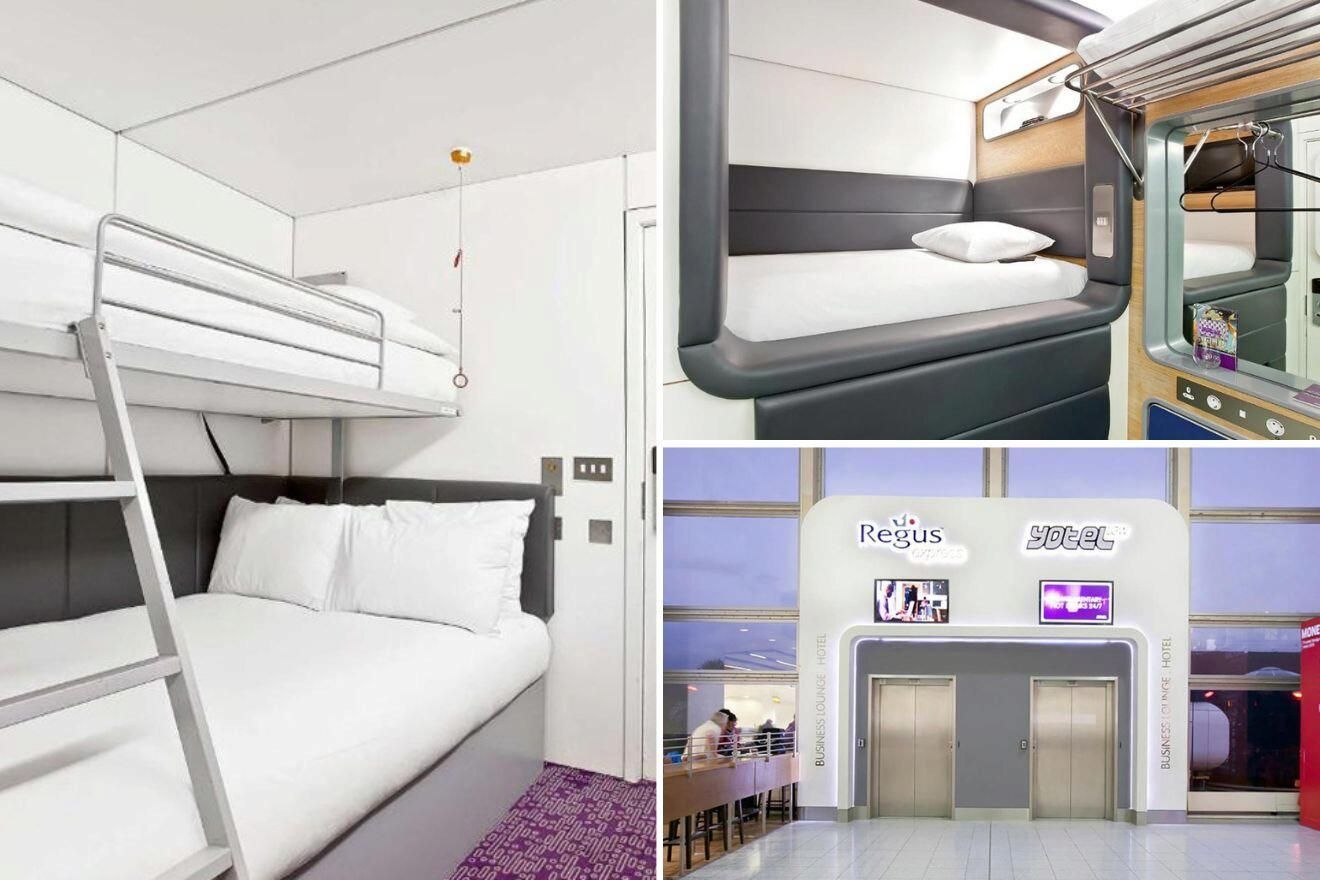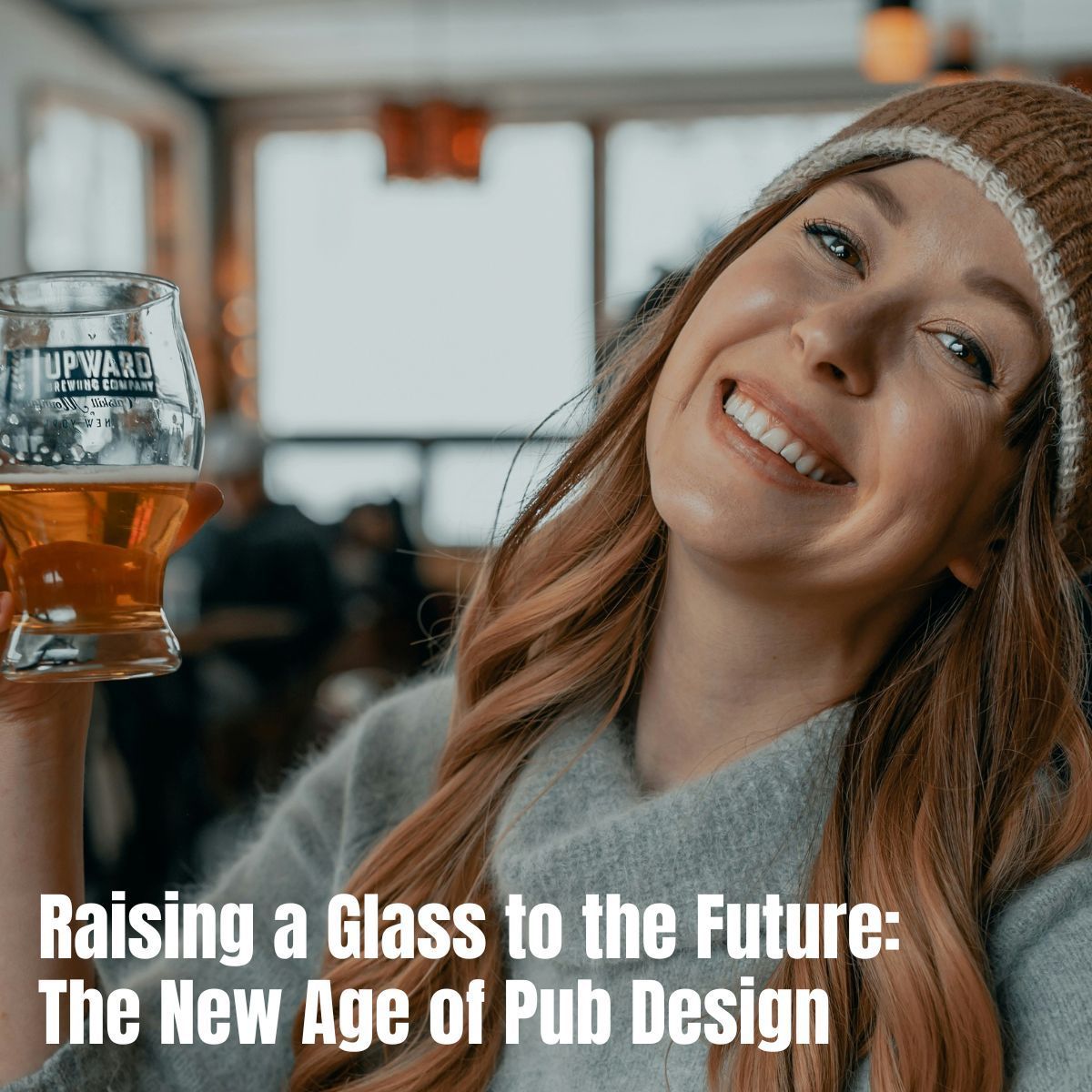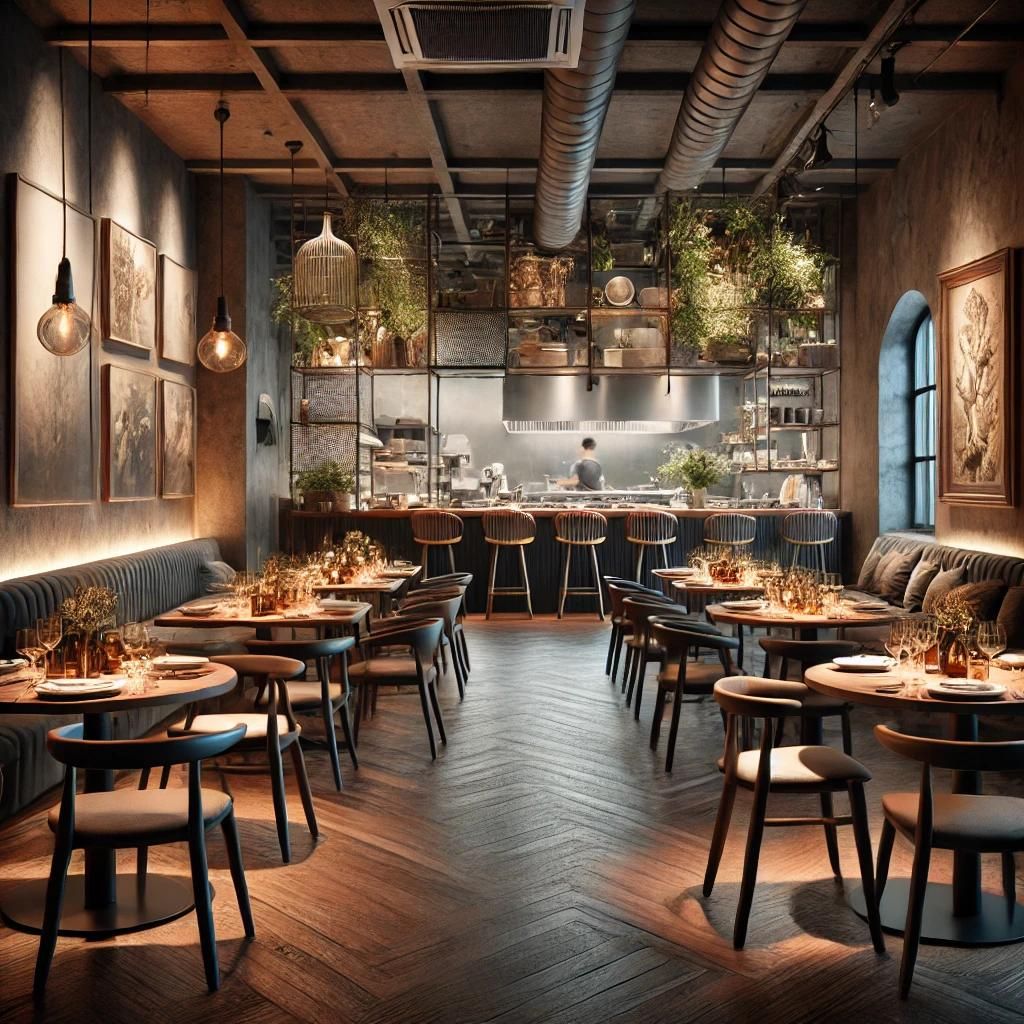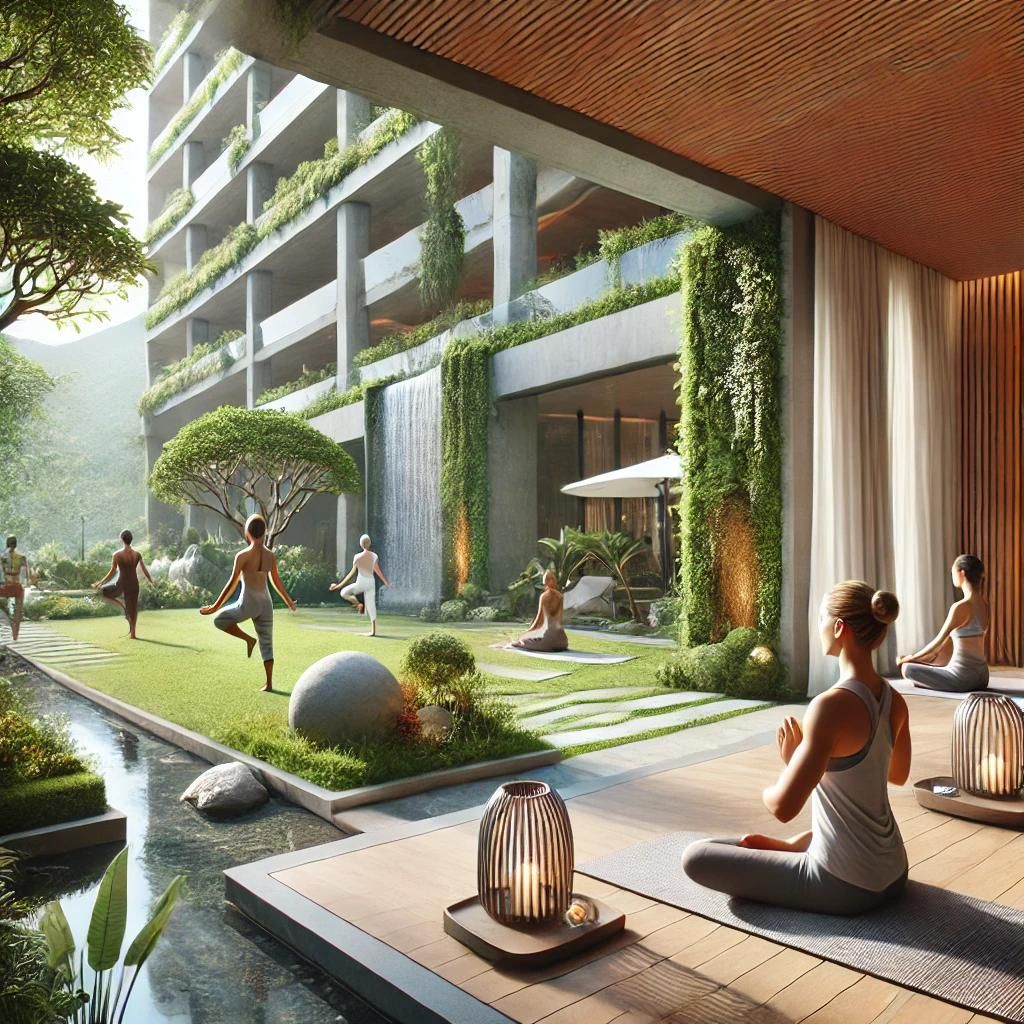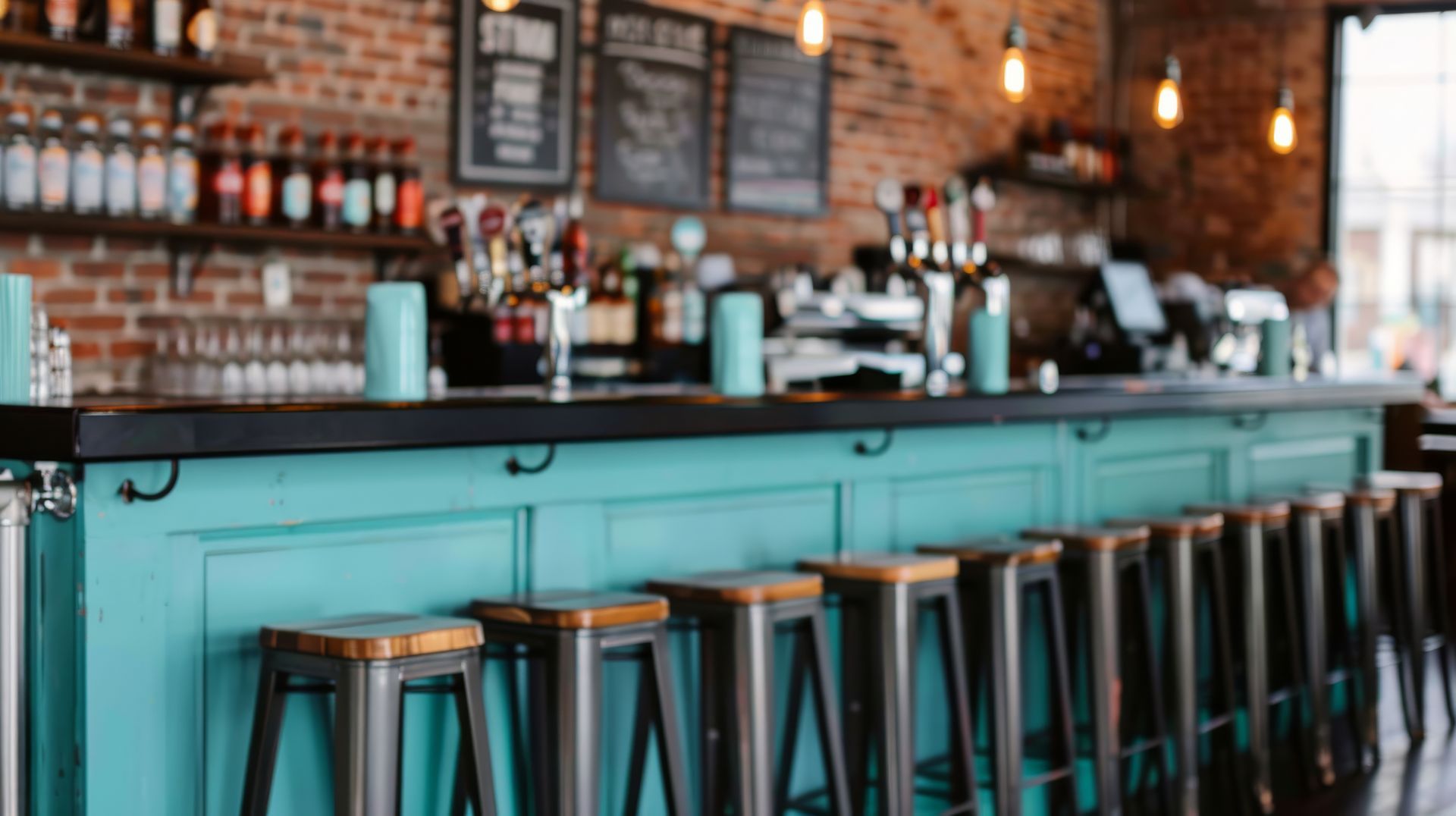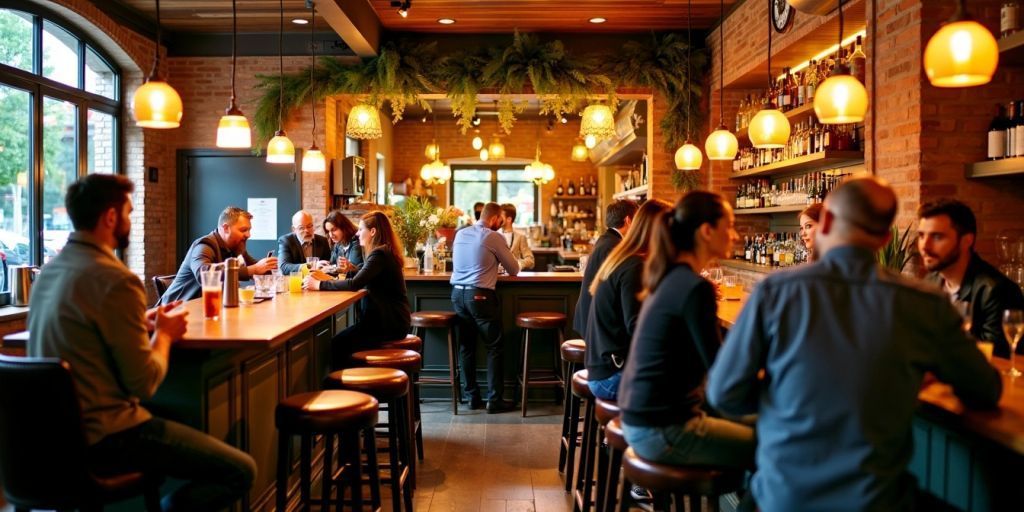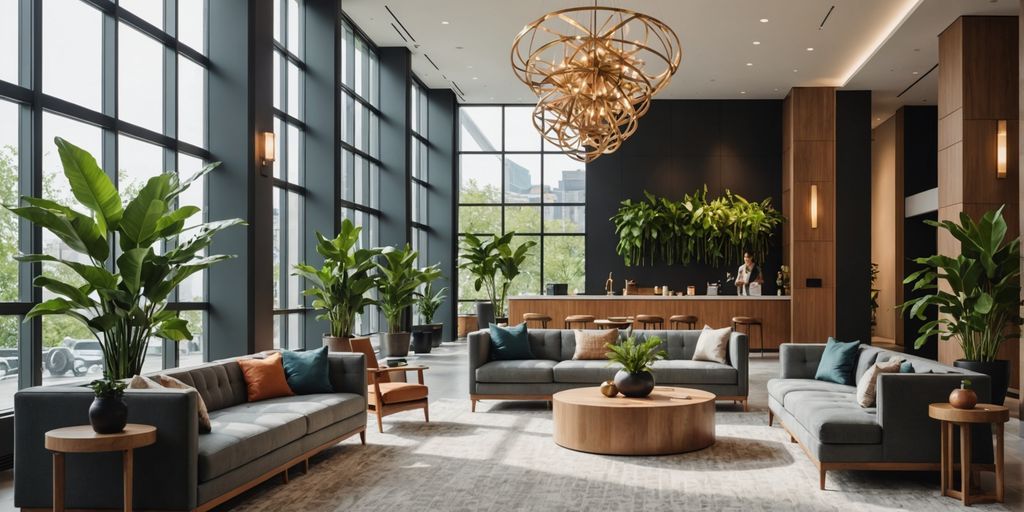THE HISTORY OF THE BRITISH PUB: FROM ANCIENT TAVERNS TO MODERN DAY STRUGGLES
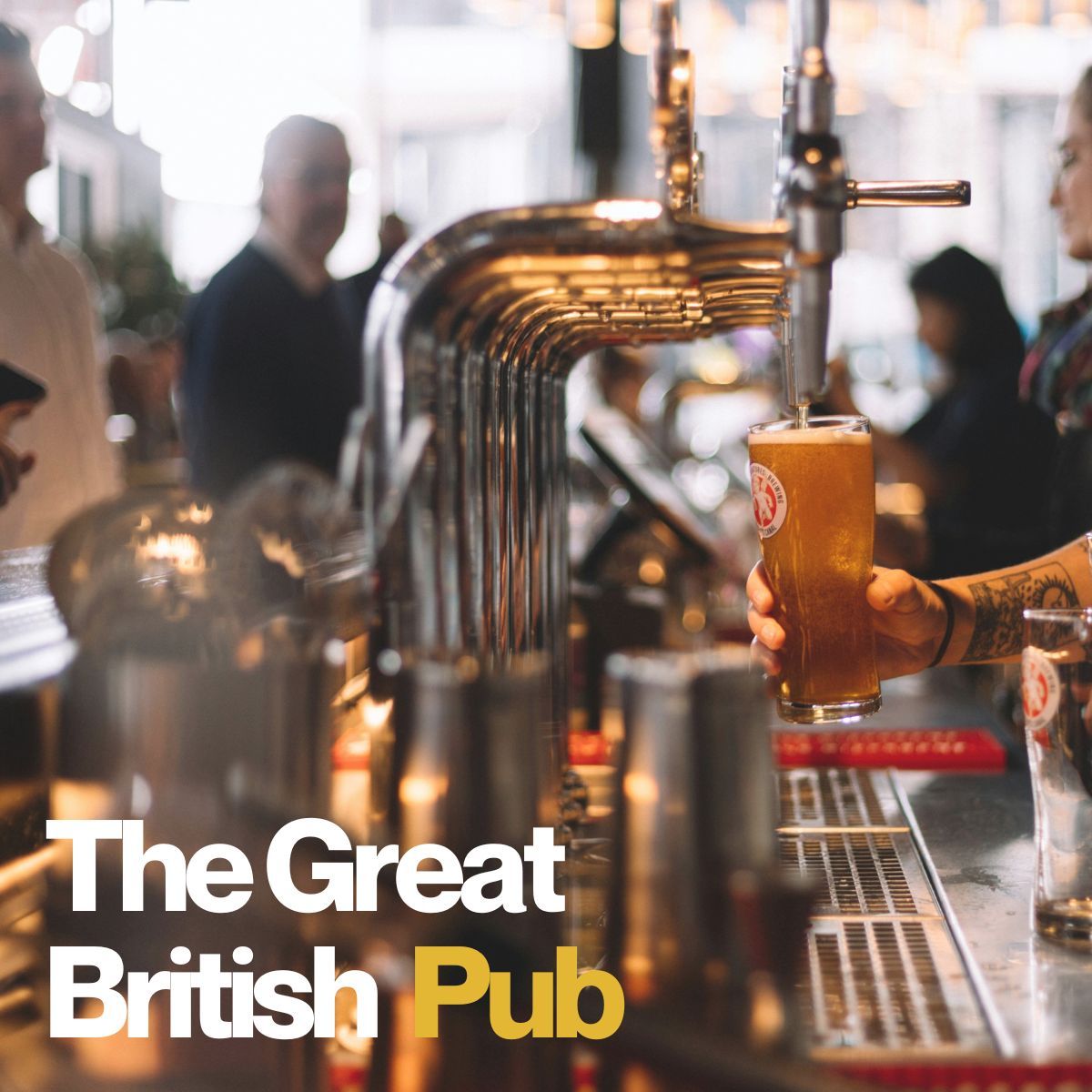
THE HISTORY OF THE BRITISH PUB: FROM ANCIENT TAVERNS TO MODERN DAY STRUGGLES
The British pub, a cornerstone of British culture and community life, is facing significant challenges in the modern era. With the cost of living crisis and a large number of pubs facing closure, this beloved institution is at a crossroads. Understanding its rich history from Roman taverns to today’s gastropubs provides insight into its resilience and the importance of preserving it for future generations.
Ancient Beginnings: Roman Taverns and Saxon Alehouses
The concept of the public house in Britain can be traced back to Roman times. The Romans introduced the tabernae, which served as inns and taverns where travelers could rest and refresh themselves with food and drink. These early establishments laid the groundwork for what would become a quintessential British institution.
Following the departure of the Romans, the Anglo-Saxons continued the tradition with their own version of public drinking houses known as alehouses. These were simple affairs, often just a room in a private house where homemade ale was sold. By the 10th century, alehouses had become prevalent enough that King Edgar decreed there should be no more than one alehouse per village to maintain order and discourage excessive drinking.
Medieval Developments: The Rise of Inns and Taverns
The medieval period saw the rise of more formal inns and taverns. Inns provided lodging for travelers and stabling for their horses, while taverns were primarily drinking establishments. These places became vital waypoints for commerce and communication.
During the 14th and 15th centuries, the brewing and selling of ale became more regulated. Taverns and alehouses were licensed, and the quality of ale was subject to inspection by the "ale-conner." This period also saw the introduction of "public houses," or pubs, which offered a wider range of services than simple alehouses.
The Golden Age: The 17th and 18th Centuries
The 17th and 18th centuries marked the golden age of the British pub. The social and cultural importance of pubs grew as they became central meeting places for communities. Pubs were where news was exchanged, business was conducted, and social bonds were strengthened.
The architecture of pubs also began to evolve, with many adopting distinctive features such as wooden beams, cosy fireplaces, and snug corners. The introduction of licensing laws in the 18th century aimed to control the sale of alcohol and reduce public drunkenness, but pubs continued to thrive as social institutions.
The Victorian Era: The Pub as a Social Hub
The Victorian era brought significant changes to the British pub. Industrialisation and urbanisation led to the growth of cities and the proliferation of pubs in urban areas. Pubs became more diverse in their offerings, with many incorporating music halls, billiards rooms, and even theatres.
Victorian pubs were often ornately decorated, reflecting the prosperity of the time. The temperance movement also gained momentum during this period, advocating for moderation or complete abstinence from alcohol. This led to the establishment of "temperance bars" that served non-alcoholic beverages.
The 20th Century: Challenges and Changes
The 20th century brought both challenges and changes to the British pub. The two World Wars had a significant impact, with many pubs closing or being damaged. Post-war, the pub remained a vital part of British life, but changing social habits and increased competition from other forms of entertainment posed challenges.
The late 20th century saw the rise of themed pubs, gastropubs, and an increased focus on food quality. The Campaign for Real Ale (CAMRA) was founded in 1971 to promote traditional cask ale and protect pub heritage.
The Modern Era: Innovation and Adaptation
In the 21st century, the British pub continues to evolve. The smoking ban of 2007 and the increasing popularity of home entertainment have forced pubs to adapt. Many have diversified their offerings, with an emphasis on high-quality food, craft beers, and unique experiences.
Gastropubs, which focus on providing gourmet food in a pub setting, have become increasingly popular. There has also been a resurgence of interest in traditional brewing methods and local ingredients, leading to a boom in microbreweries and craft beer pubs.
Current Struggles: The Cost of Living Crisis and Pub Closures.
Today, the British pub is facing significant threats due to the cost of living crisis and the economic aftermath of the COVID-19 pandemic. Rising costs of goods, energy prices, and reduced disposable income have led to a decrease in pub customers. Many pubs are struggling to stay afloat, with a significant number facing closure.
Despite these challenges, the pub remains a vital part of British culture and community. Efforts to support local pubs through community ownership schemes, government support, and innovative business models are ongoing. The resilience and adaptability of pubs throughout history offer hope that they can weather this storm and continue to be a cherished part of British life.
From Roman taverns to modern gastropubs, the British pub has continually adapted to changing social and economic conditions while remaining a beloved institution. Despite the challenges, the pub remains a place where people come together to share stories, celebrate milestones, and enjoy the simple pleasure of a good drink in good company. The hope is that with continued support and innovation, pubs will continue to thrive and be a central part of British life for generations to come.
As the CEO of a fit-out company that specialise in the hospitality industry, I have seen many changes over the years, some good, some bad, but I'm sure this great British institution will live on!
Best
Amanda Wright
Construction Site safety


